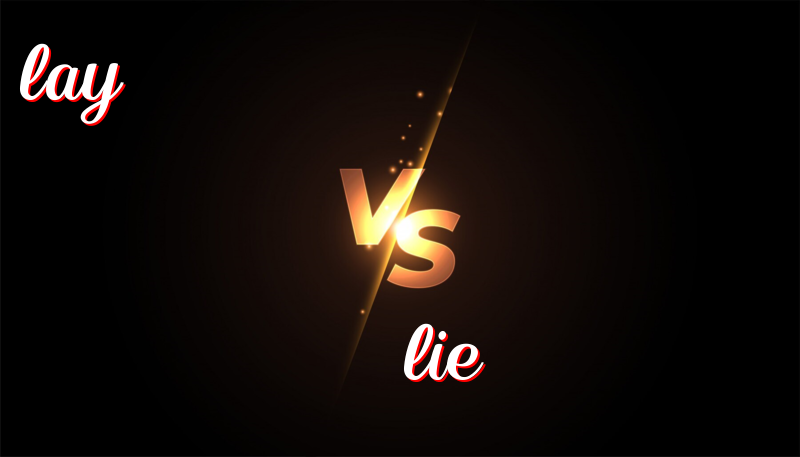Lay It Down, Lie Around: A Fun Guide to Getting It Right
Difference Between “Lay” and “Lie”
“Lay” and “Lie” are two English words that often confuse people because they have similar meanings but are used differently. Let’s learn about each word, how to use them, some example sentences, and a trick to remember the difference.
History of “Lay” and “Lie”
“Lay” comes from the Old English word “lecgan,” which means to put down or to place something. “Lie” comes from the Old English word “licgan,” which means to rest or to recline.
How to Use “Lay”
“Lay” is a verb that means to put something down. It always needs an object; this means you must have something that you are putting down.
Here are some example sentences using “lay”:
- I lay the book on the table.
- She lays her coat on the bed every night.
- They are laying the bricks for the new wall.
- Yesterday, he laid the keys on the counter.
- We have laid our plans for the weekend.
How to Use “Lie”
“Lie” is a verb that means to rest or to recline. It does not need an object, which means you just think about the person or thing resting.
Here are some example sentences using “lie”:
- I lie down on the sofa when I’m tired.
- He lies in bed until 8 AM on Sundays.
- The dog is lying under the tree.
- Yesterday, she lay on the grass to watch the clouds.
- They have lain in the sun for an hour.
Trick to Remember the Difference
To remember the difference, think of “lay” as needing an object to put down, like “lay the book,” while “lie” does not need an object, like “lie on the bed.”
Summary
Use “lay” when you are putting something down and “lie” when someone or something is resting. Remember: “Lay” needs an object, but “lie” does not.

Leave a Reply
You must be logged in to post a comment.